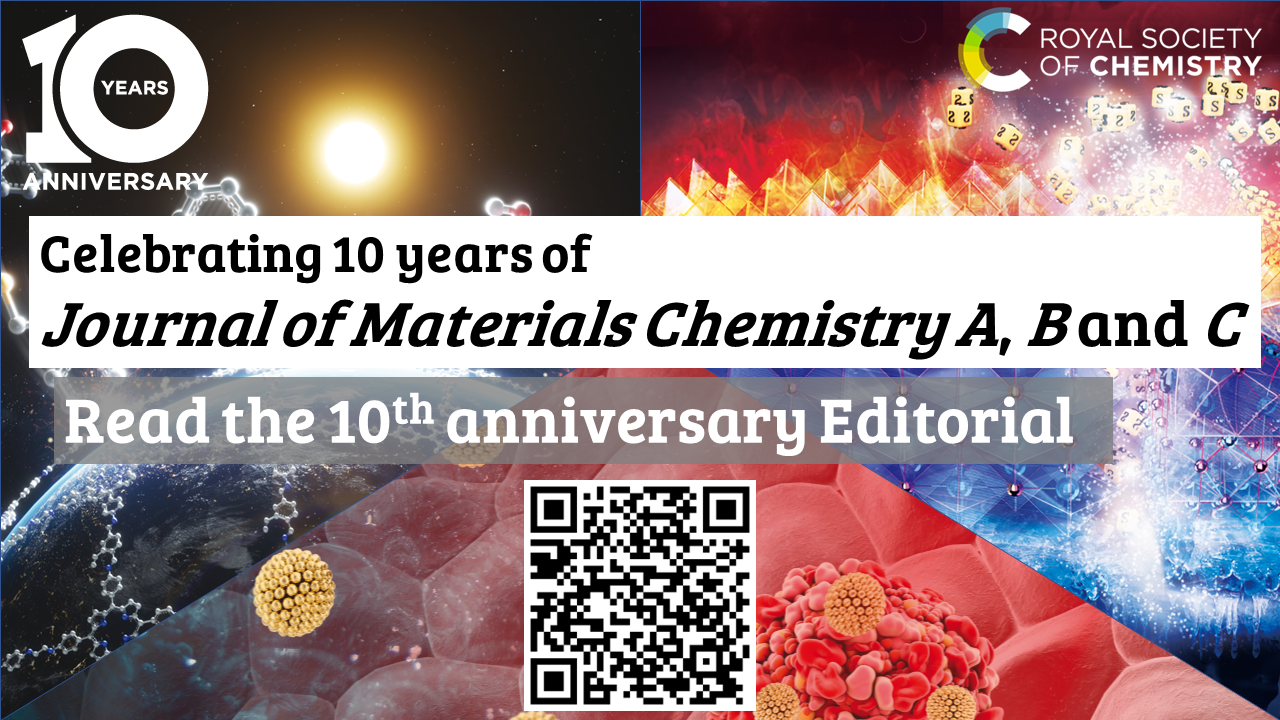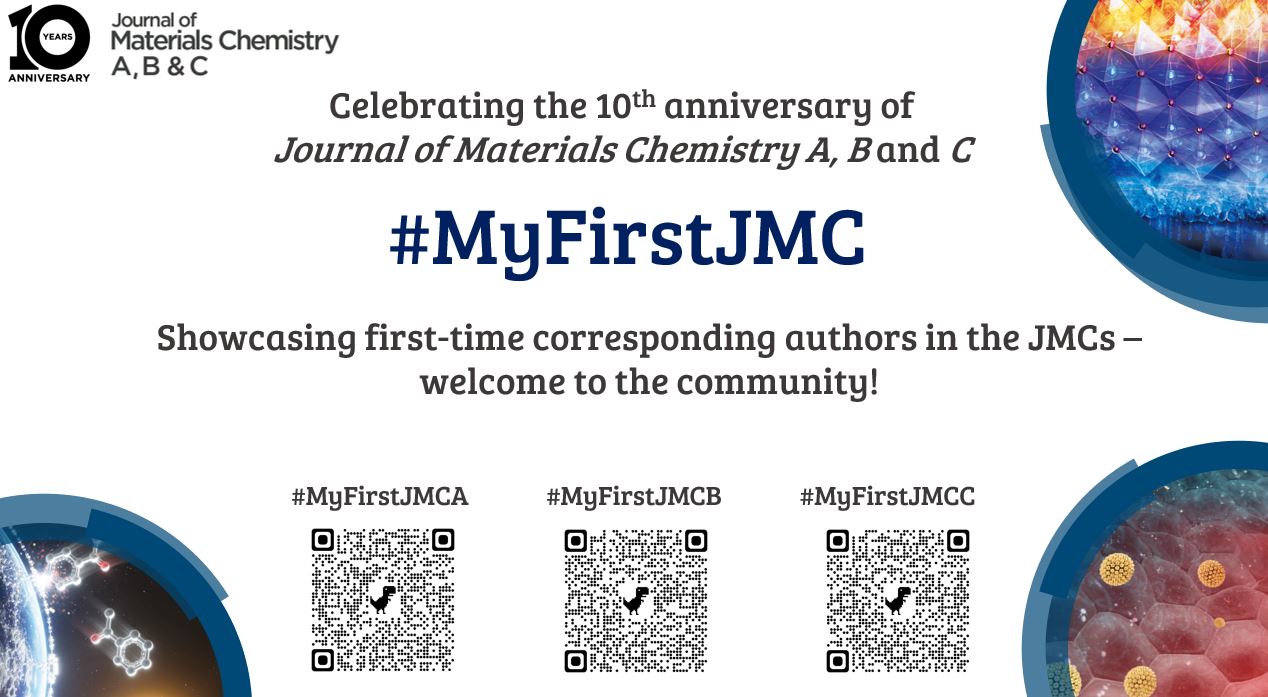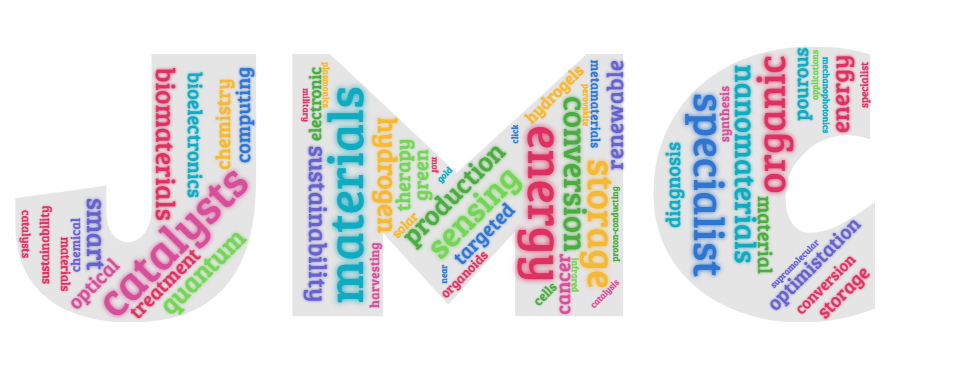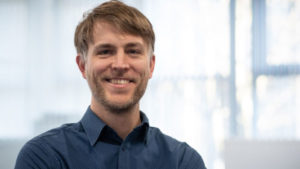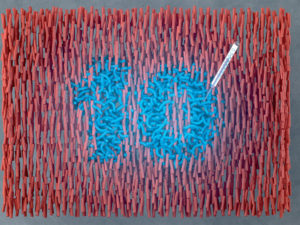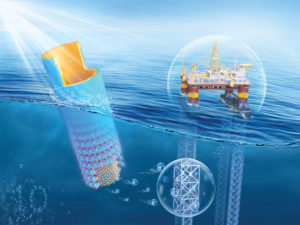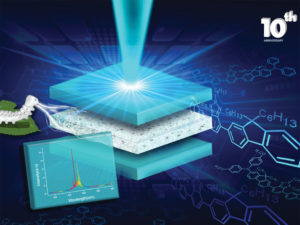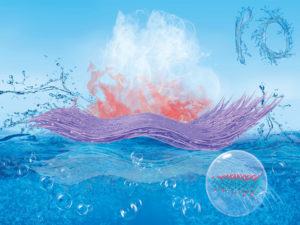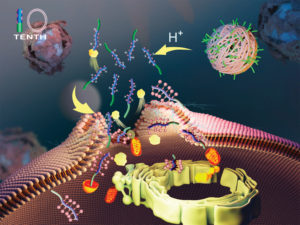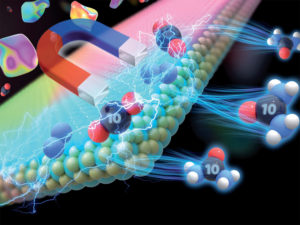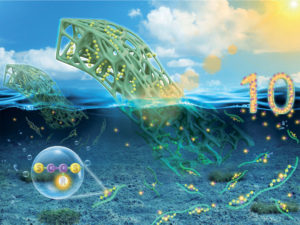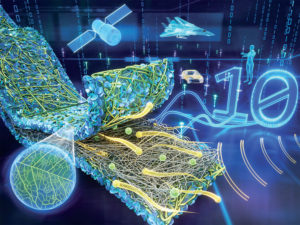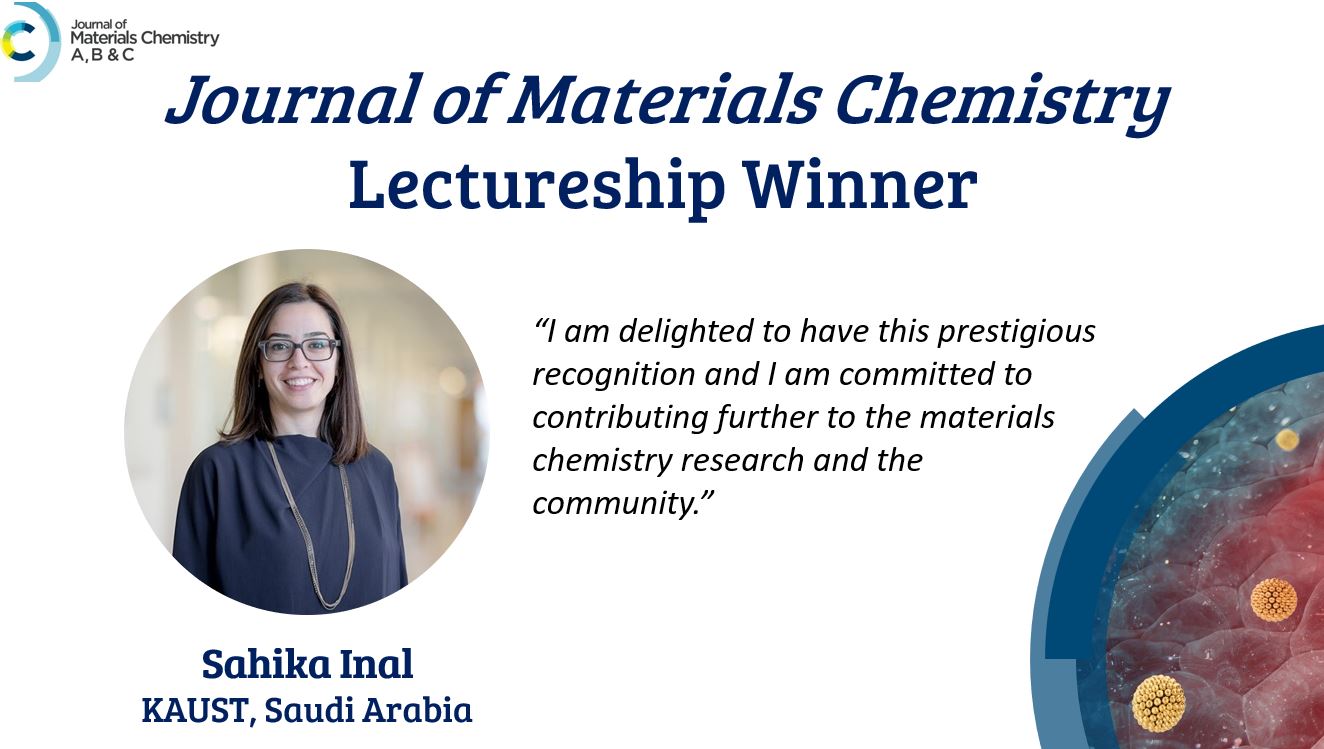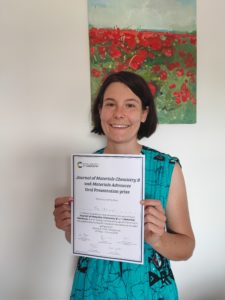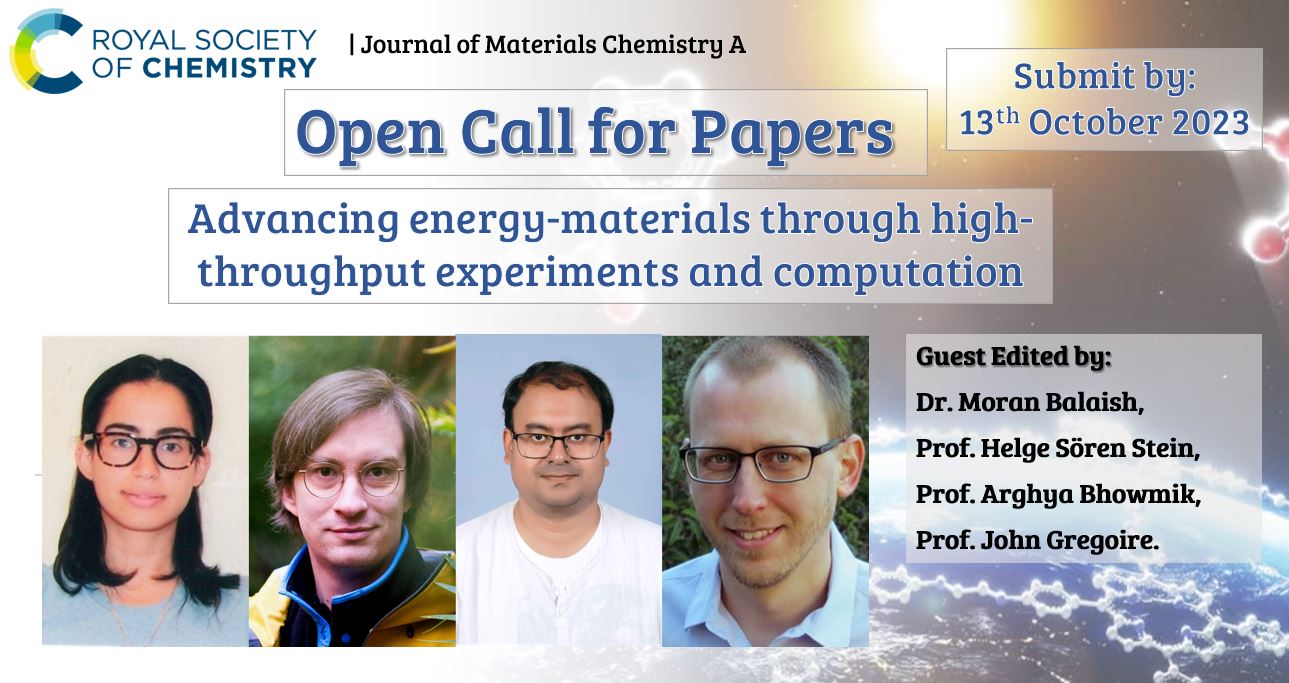We are delighted to announce a new cross-journal themed collection in honour of Professor Thomas P. Russell.
This themed collection contains articles published in Journal of Materials Chemistry A, Nanoscale and Soft Matter and guest edited by Ilja Gunkel (Adolphe Merkle Institute, Switzerland), Xiaodan Gu (University of Southern Mississippi, USA), Jodie Lutkenhaus (Texas A&M University, USA), Du Yeol Ryu (Yonsei University, Korea), Jiun-Tai Chen (National Yang Ming Chiao Tung University, Taiwan) and Zhiqun Lin (National University of Singapore, Singapore).
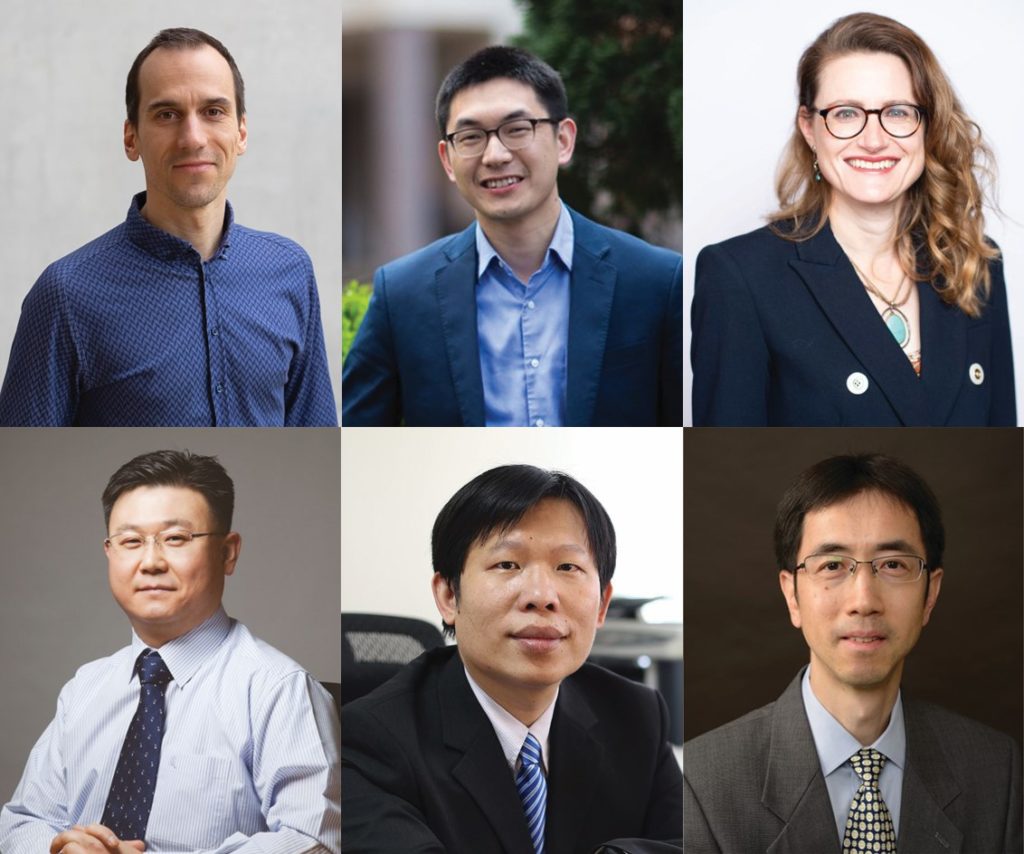
During his long, extremely productive career, Professor Thomas P. Russell has made outstanding contributions to the field of polymer science and engineering, self-assembly, and solar energy conversion. His innovative research advances the fundamental understanding of the science and technology of block copolymers and organic solar cells. Moreover, he pioneered the utilities of small-angle scattering and reflectivity techniques to elucidate the phase separation of polymer blends and block copolymers as well as the morphology of interfaces.
On the occasion of Professor Russell’s 70th birthday, we have brought together Professor Russell’s former students, co-workers, and friends to join in celebrating his achievements and continued contributions to the field in this themed collection.
All of the articles in the collection are free to access until 1 July 2023. A selection of articles from the issue is provided below.
Editorial
Introduction to the honorary themed collection for Thomas P. Russell
Ilja Gunkel, Xiaodan Gu, Jodie Lutkenhaus, Du Yeol Ryu, Jiun-Tai Chen and Zhiqun Lin
J. Mater. Chem. A, 2023, 11, 11028-11030 DOI: 10.1039/D3TA90077K
Journal of Materials Chemistry A
Recent development and emerging applications of robust biomimetic superhydrophobic wood
Xiaojun Li, Likun Gao, Min Wang, Dong Lv, Peiyao He, Yanjun Xie, Xianxu Zhan, Jian Lia and Zhiqun Lin
J. Mater. Chem. A, 2023, 11, 6772-6795 DOI: 10.1039/D2TA09828H
Water-coupled Monovalent and Divalent Ion Transport in Polyviologen Networks
Alexa Easley, Khirabdhi Mohanty and Jodie Lutkenhaus
J. Mater. Chem. A, 2023, Accepted Manuscript DOI: 10.1039/D3TA00289F
Asymmetric nonfullerene acceptors with isomeric trifluorobenzene-substitution for high-performance organic solar cells
Zhengkai Li, Zheng’ao Xu, Shanshan Chen, Jia Yao, Hongyuan Fu, Ming Zhang, Yang Bai, Haiqiao Wang, Zitong Liu and Zhi-Guo Zhang
J. Mater. Chem. A, 2023, 11, 4539-4546 DOI: 10.1039/D2TA09858J
Nanoscale
Assembly of polyelectrolyte star block copolymers at the oil–water interface
Jan-Michael Y. Carrillo, Zhan Chen, Uvinduni I. Premadasa, Christian Steinmetz, E. Bryan Coughlin, Benjamin Doughty, Thomas P. Russell and Bobby G. Sumpter
Nanoscale, 2023, 15, 1042-1052 DOI: 10.1039/D2NR05113C
Apex hydrogen bonds in dendron assemblies modulate close-packed mesocrystal structures
Taesuk Jun, Hyunjun Park, Seungbae Jeon, Hyungju Ahn, Woo-Dong Jang, Byeongdu Lee and Du Yeol Ryu
Nanoscale, 2022, 14, 16936-16943 DOI: 10.1039/D2NR05458B
The development of neutron reflectometry as a probe of the nanoscale structure of polymer thin film systems – founded on the pioneering work of Professor Thomas P. Russell
C. F. Majkrzak
Nanoscale, 2023, 15, 4725-4737 DOI: 10.1039/D2NR06756K
Soft Matter
Depletion attractions drive bacterial capture on both non-fouling and adhesive surfaces, enhancing cell orientation
Wuqi Amy Niu, Morgan N. Smith and Maria M. Santore
Soft Matter, 2022, 18, 9205-9215 DOI: 10.1039/D2SM01248K
Recent progress in emulsion gels: from fundamentals to applications
Chuchu Wan, Quanyong Cheng, Min Zeng and Caili Huang
Soft Matter, 2023, 19, 1282-1292 DOI: 10.1039/D2SM01481E
Structured liquids stabilized by polyethyleneimine surfactants
Mingwei Li, Shuyi Sun, Rongrong Qin, Meng Wang, Yongkang Wang, Yang Yang, Zhanpeng Wu and Shaowei Shi
Soft Matter, 2023, 19, 609-614 DOI: 10.1039/D3TC90009F
We hope you enjoy reading this cross-journal themed collection in honour of Professor Thomas P. Russell.
Comments Off on Cross-journal themed collection in honour of Professor Thomas P. Russell












